Category: Hunting Blog
Elk Hunting: Almost Run Over By the Herd!
Team member Chase White was almost run over by a herd of elk while hunting in New Mexico. The Winchester 6.8 Western worked perfectly and Chase punched his first elk tag!
Hunt Update: Coldest Morning So Far and Bucks Just Out of Range
Grant shares an update from the stand. It’s the coldest morning of this deer season so far. He’s near a recently burned area that will be warm and sunny later in the morning. Food is nearby and an easy travel corridor. Grant shares his expectations for the morning hunt and when he might choose to use grunt calling. Watch to see the morning hunt and the bucks that came in…but just out of range. It’s a beautiful morning in the deer woods!
Better than the Neighbors – Results!
Last January, we toured Chad’s 80 acres and developed a habitat and hunting improvement plan. Chad’s place used to be used as a cattle and hog farm and the neighboring properties are still primarily cattle pasture and small wood lots. He began implementing the timber stand improvement projects, used prescribed fire and added food plots.
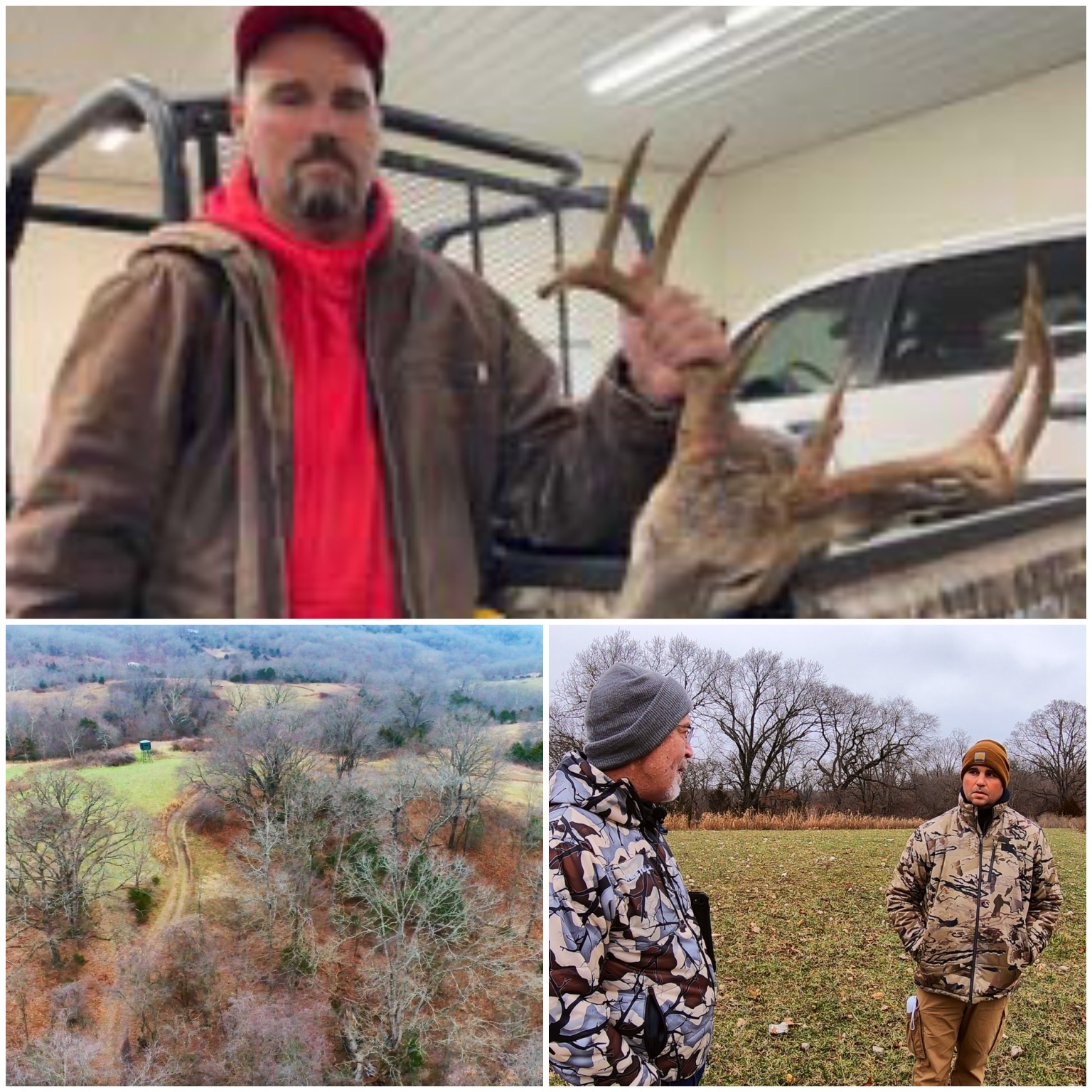
The property is already more attractive than most of the neighboring properties and he’s seeing more deer. The habitat plan we designed for him has almost endless opportunities for stand and blind placement. And that’s because there’s a huge amount of edge – food/cover/edge, food/cover/edge, food/cover/edge. So, no matter the wind direction, there’s going to be an ideal place for Chad and his family to hunt. In fact, Chad recently harvested a great buck.
Congratulations Chad on your habitat improvement project and a nice set of antlers!
Doe Harvest: Is it better to shoot old or young does?
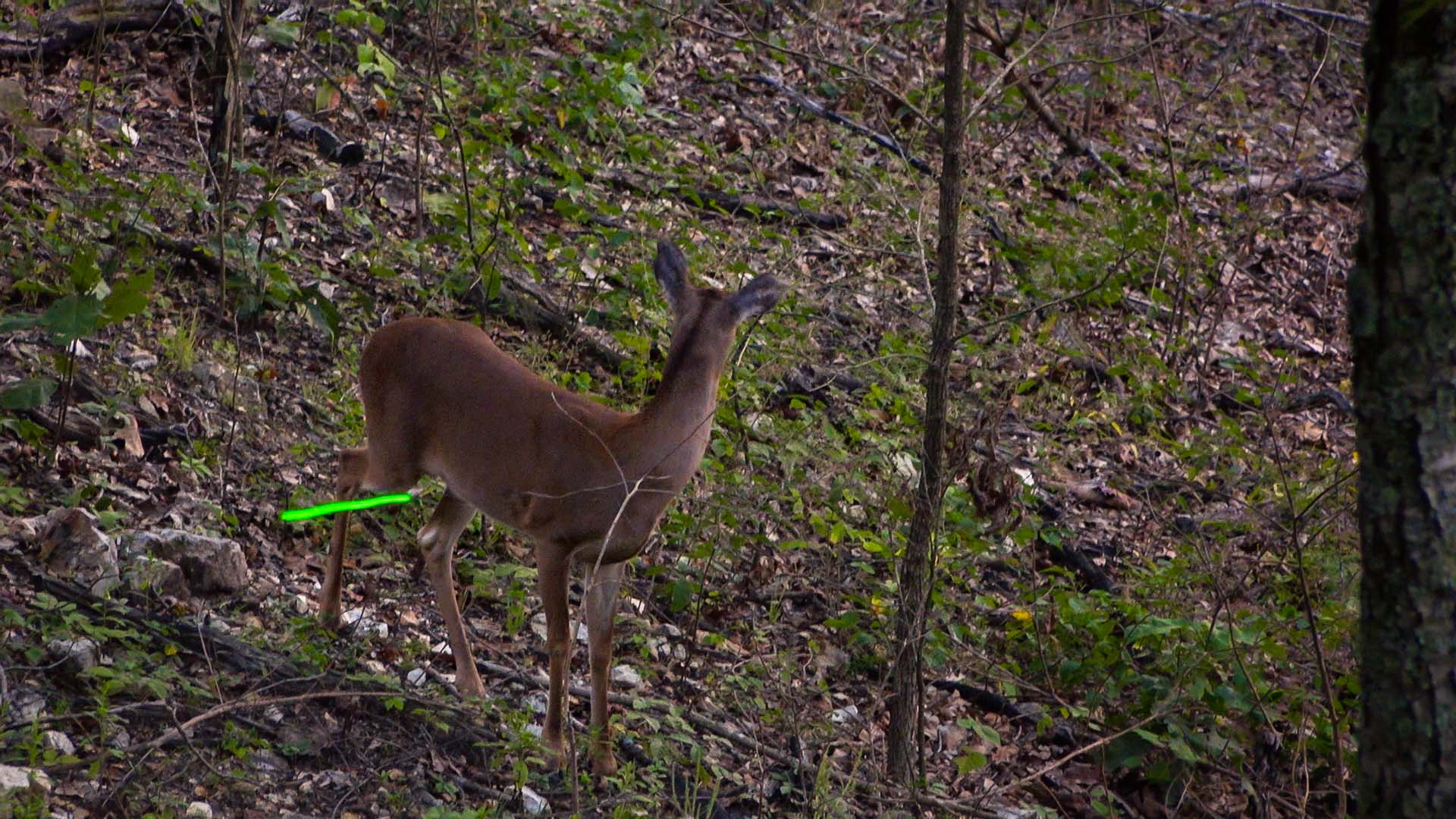
We recently received the following question and thought our reply may help others…
Question: What is the ideal age of does to harvest? Young or old?
Answer: Harvesting enough does to ensure the entire herd has enough groceries during the late summer and late winter is much more important than the age of does harvested. Many folks miss their doe harvest goal because they are trying to select a certain age class doe to harvest.
Older does tend to be a bit better mothers. If the habitat is improved, younger does have the benefit of being produced and nursed by a doe that was in better shape! The health of the doe can make a huge difference in the health and productivity (antlers or fawns) of the fawn throughout life.
Hence, it’s best to work to improve the habitat and harvest enough does to ensure the entire herd has ample quality groceries.
For more information on doe harvest, watch this video, DEER HUNTING: WHY AND WHEN TO HARVEST DOES.
The Benefits of Restoring Native Habitat
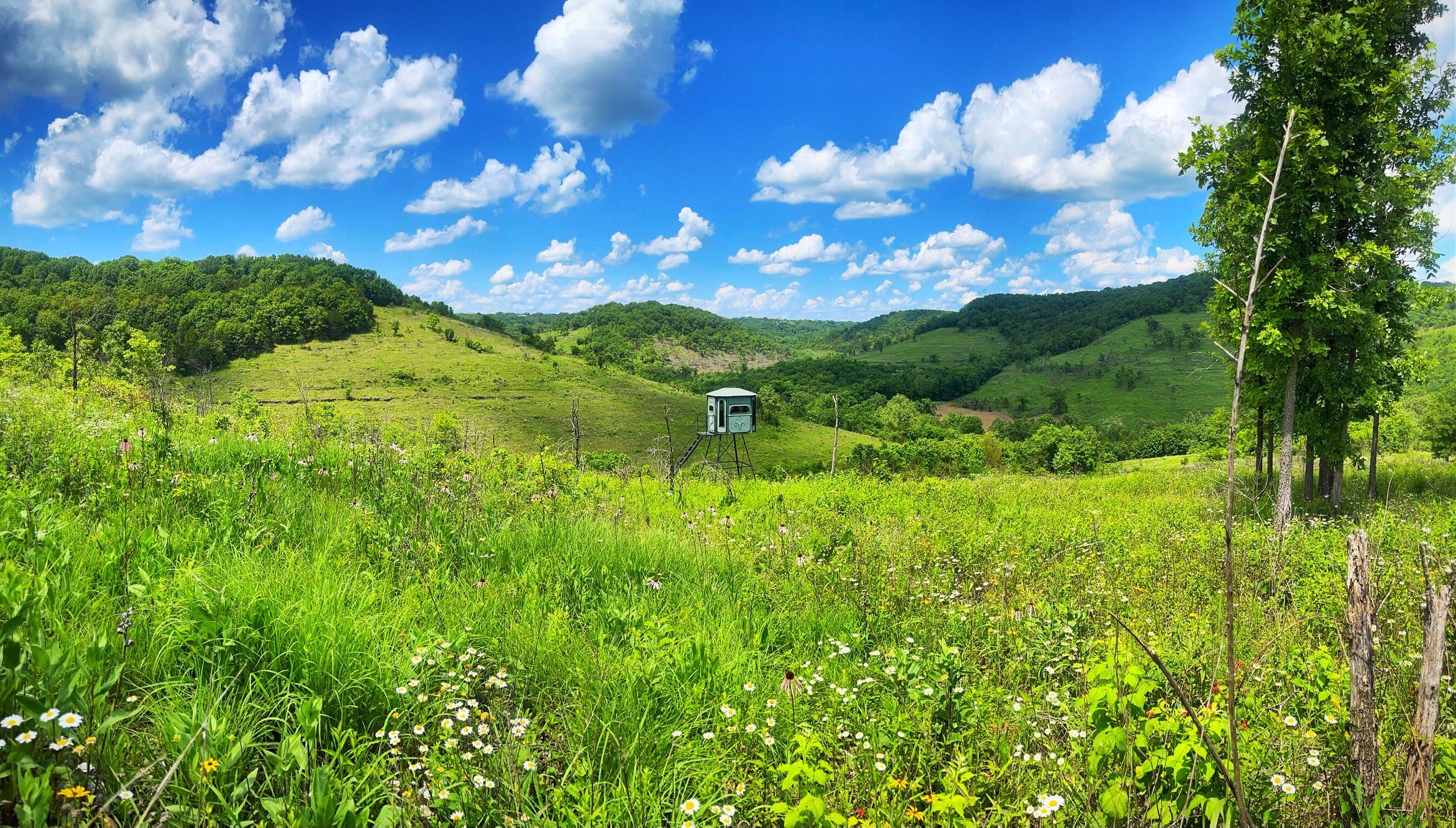
Native habitat makes us smile! Years ago this area was covered with eastern red cedar and offering no benefit to wildlife. After removing the cedars and using prescribed fire, the native habitat released its potential! Now there is a diversity of grasses and wildflowers, which are not only beautiful to look at but many species offer critters great cover and quality browse this time of the year. If you’re interested in a more in-depth look at the wildflowers and native browse that have been restored on our hunting property, watch this video.
Much of the poorest quality habitat here at The Proving Grounds was covered with eastern red cedar. Those cedars were allowed to take over areas that used to be open due to overgrazing and suppression of all fire.
However, there was a great native seed source. We simply cut and felled the cedars, allowed them to dry for two to three years, then burned them where they fell. A fabulous composition of native warm season grasses and forbs recolonized the area.
After the fire, the areas responded quickly, and in some areas — counting the rings on the cedars — that native vegetation seed had laid dormant in the soil for 75 or more years.
The state botanist helped us to identify over 176 species of native warm season grasses and forbs. The only maintenance I’ve done on those sites since the original fire has been additional prescribed fires on a three to five year rotation.
If you take degraded habitat – unless it’s been intensely plowed and that seed bank really messed with – if you use prescribed fire or whatever the appropriate technique is for that habitat, usually the natives will recolonize that area. And you have to go around and spot treat some of the invasive species, like sericea lespedeza to allow these natives even to expand.Cedar glades that became established on tillable land usually don’t have a good native plant seed base as it was disturbed during the previous tillage.
The value of these areas now to many species of wildlife, and the views created, and the value to hunters, is much, much greater than the value it had when they were covered with eastern red cedars.
Missouri is blessed with a great Department of Conservation. All states have a similar department. I hope you’ll reach out to them and check out the resources they have to offer to assist you in establishing native habitat on your hunting property.
Enjoy Creation,
Grant
Planting Into Standing Green: Healthy Soil, Healthy Food Plots!
Planting into a standing, green crop has many benefits! The cool season crop we planted late last summer has protected the soil and fed critters all fall, winter and spring.
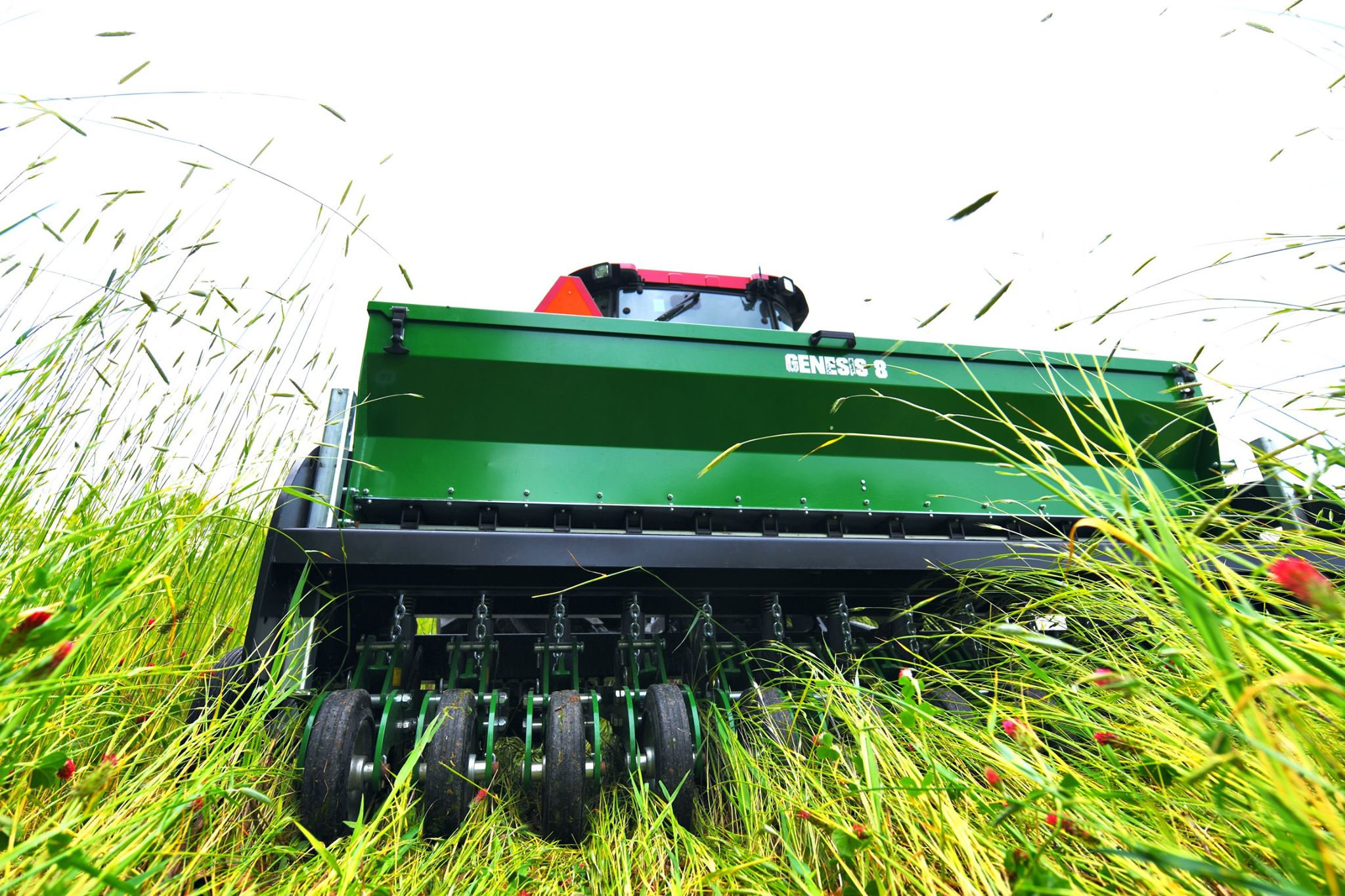
The forage has now bolted and produced lots of biomass on top of the soil and below (roots). This results in the perfect time release fertilizer for future crops. The new crop will begin growing in a perfect environment and provide forage for critters during the growing season.
The table is never cleared, which is great for critters above and below the soil. This is what we call the Release Process™.
We will share more food plot updates as we continue planting and improving the soil health at The Proving Grounds.
Enjoy creation,
Grant
How to Grow Great Food Plots and Improve Soil Quality
I’ve been planting food plots for MANY years. Initially, I planted food plots using the traditional process of breaking the ground and either broadcasting by hand or using a planter. Then I started planting no-till food plots as it reduced that extra step of plowing. On moving here to Southern Missouri, the choice to use no-till was the only choice because our rocky soils are basically impossible to till/disk.
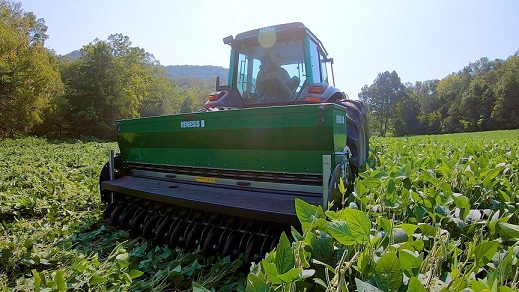
These days you’ll find us putting in our food plots with the Genesis No-Till Drill. The Genesis has been a great tool for me!
As time passed the additional benefits of a no-till food plot became clear. I continue learning and the best system – what I’ve done the past two years is to plant green – which means to plant into the standing crop.
This spring I’ll plant into the crop that’s maturing now. I’ll drill into it when the cereal rye seed heads are forming in the end of the green stalk. This is called the boot stage. You’ll notice the stalk swelling or pregnant with a forming seed head that’s not or barely visible.
Then after the planted seeds germinate and the standing crop’s cereal rye’s seeds are in the dough stage – formed but full of moisture – pop when squeezed I crimp the fall crop. This process produces the most weed suppression and soil health improvement.
The previous crop must be terminated somehow or it will slowly die and then it will be late planting the new crop. I use a Goliath crimper to terminate unless there’s a known weed issue.
If you don’t yet own a crimper, you can spray the crop just before you plant. Most folks use glyphosate – which is a better choice than turning the soil for the soil’s health and weed suppression. If there’s already a big weed issue, you will need to spray.
If the previous crop is thick, when it’s crimped it makes a huge amount of mulch that will suppress weeds and preserve the soil’s moisture like mulch in flower beds, gardens, etc. This mulch decomposes slowly and is a great slow release fertilizer as the decomposing plants (don’t forget the tons of roots below the soil) pull the exact variety of nutrients from the soil that other plants need. This is another reason I always plant blends that include a lot of species! Different species will extract different nutrients from the soil and release a mild carbonic acid to free up more nutrients. The Release Process doesn’t happen overnight, but I haven’t added/paid for any fertilizer in 7 years! Over time, I saved enough for the crimper and much of the drill.
We’ll soon be sharing more in videos about planting to show this process. As I’ve learned and advanced these steps, I call this the Release Process – as I’ve been amazed at how much of the soil’s potential has been released in a few years! The soil at my place is now literally dark and smells rich like Iowa soil and I live in the Ozark Mountains near Branson, MO!
This spring I’ll be planting a blend with 10+ different species that I’ve learned work together to rapidly improve soil health. I’ll get this from GreenCoverSeed.com and it will cost about $55 per acre plus shipping. They ship a huge volume so shipping prices are good. This seed cost per acre is a much better price than I’ve found elsewhere. I don’t believe the wildlife products are on their site yet. I helped them develop this blend based on my experience with food plots and their vast experience with more than 150 species of forage and grain crops.
By planting these blends and getting seed from Green Cover versus companies with fancy bags with a big buck on the front, there’s much more savings! Many food plot companies’ products are $100+ per acre. Green Cover – sales millions of pounds of cover crop farmers – has way better prices – typically about $50 per acre.
I’m very confident you will enjoy and appreciate the Release Process and watching the soil and deer at your place improve in quality!
Enjoy creation,
Grant
How Wild Hogs – and Baiting – Affect Deer Hunting
A while back someone asked me a question about how hogs affect deer and predator movement on their hunting property. As wild hogs become more prevalent around the United States, we will all have to consider this in our hunting strategies. This hunter had 600 acres in Georgia and wondered if pigs cause deer to move from the food plots, maybe not frequenting as much or if this make it more likely to have more coyotes on the property? He was thinking about setting up some corn feeders in August prior to the season. Here are the thoughts I shared with him regarding wild hogs:
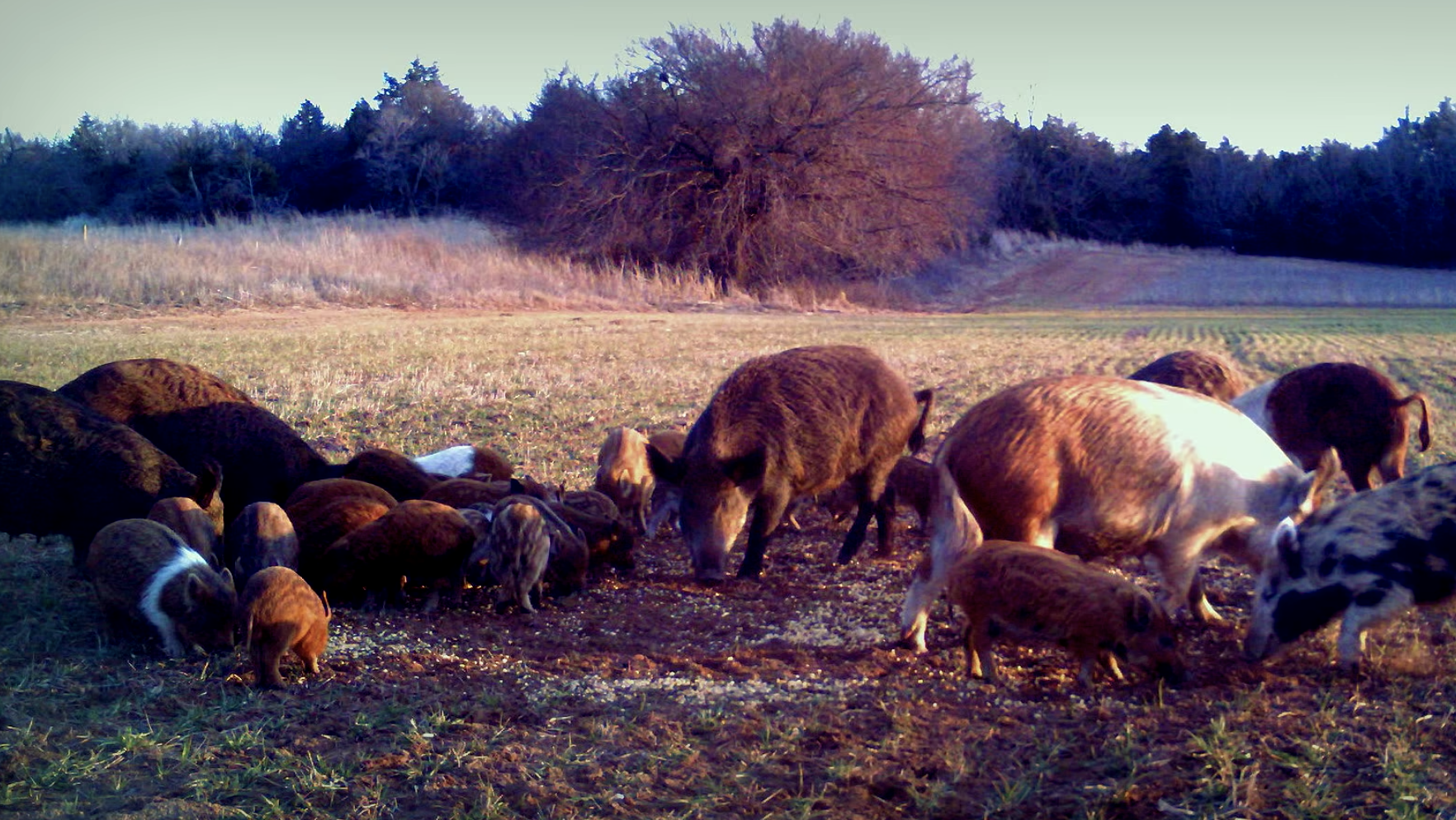
CRP Is Often NOT Quality Cover for Deer and Other Wildlife
What is quality cover? We recently toured a property in western Kansas to created a habitat and hunting improvement plan. During the visit we noticed several CRP (Conservation Reserve Program) areas around the ag fields.
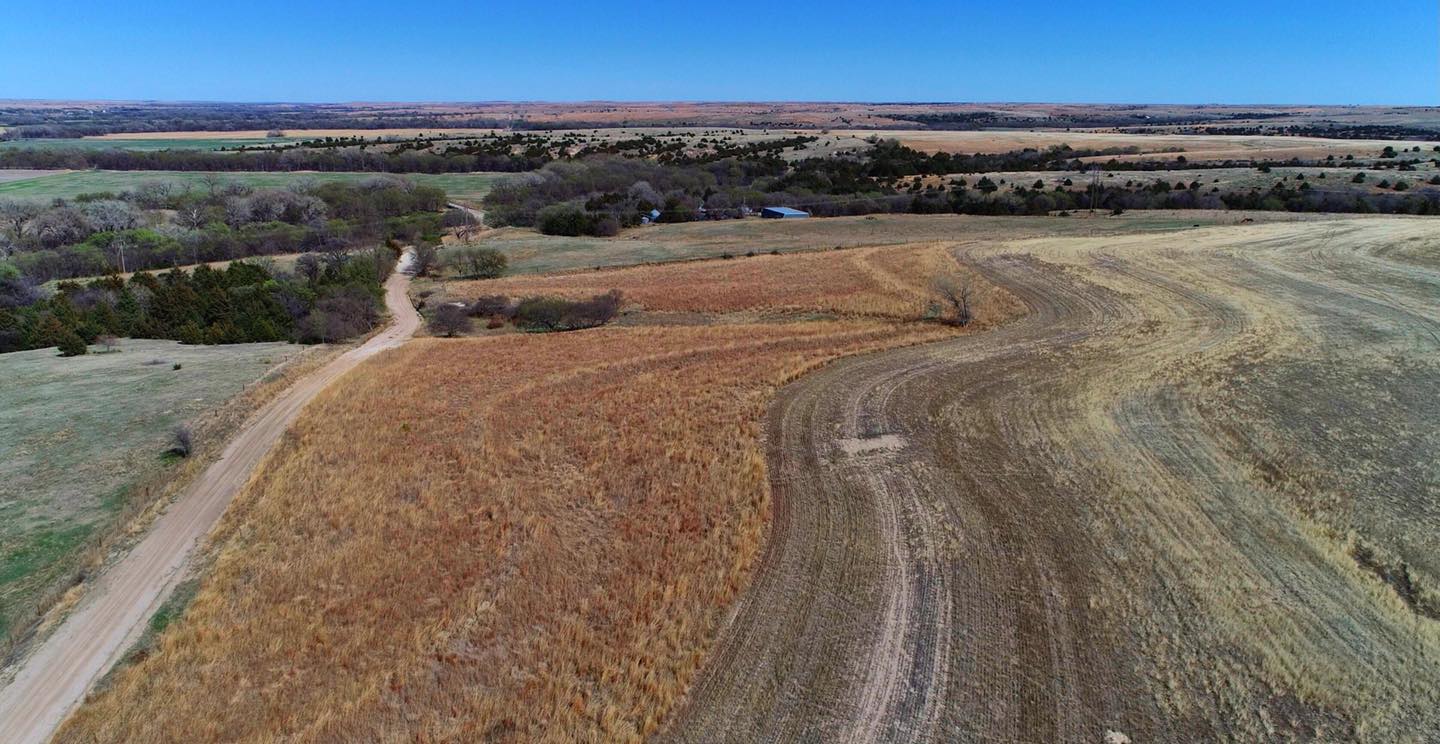
From a wildlife perspective, these long, narrow areas of CRP do not offer quality cover. We often refer to such areas as “predator food plots”. All a coyote or raccoon needs to do is run on the down wind side of this area and they can locate every fawn and turkey nest.
To provide critters with quality/security cover, areas should be at least several acres large (+10) and not long and narrow.
Planting Cedars As a Visual Screen
We recently toured a property in Kansas that was boarded by a gravel road. About eight years ago this landowner planted eastern red cedar as a visual screen between the road and the property.
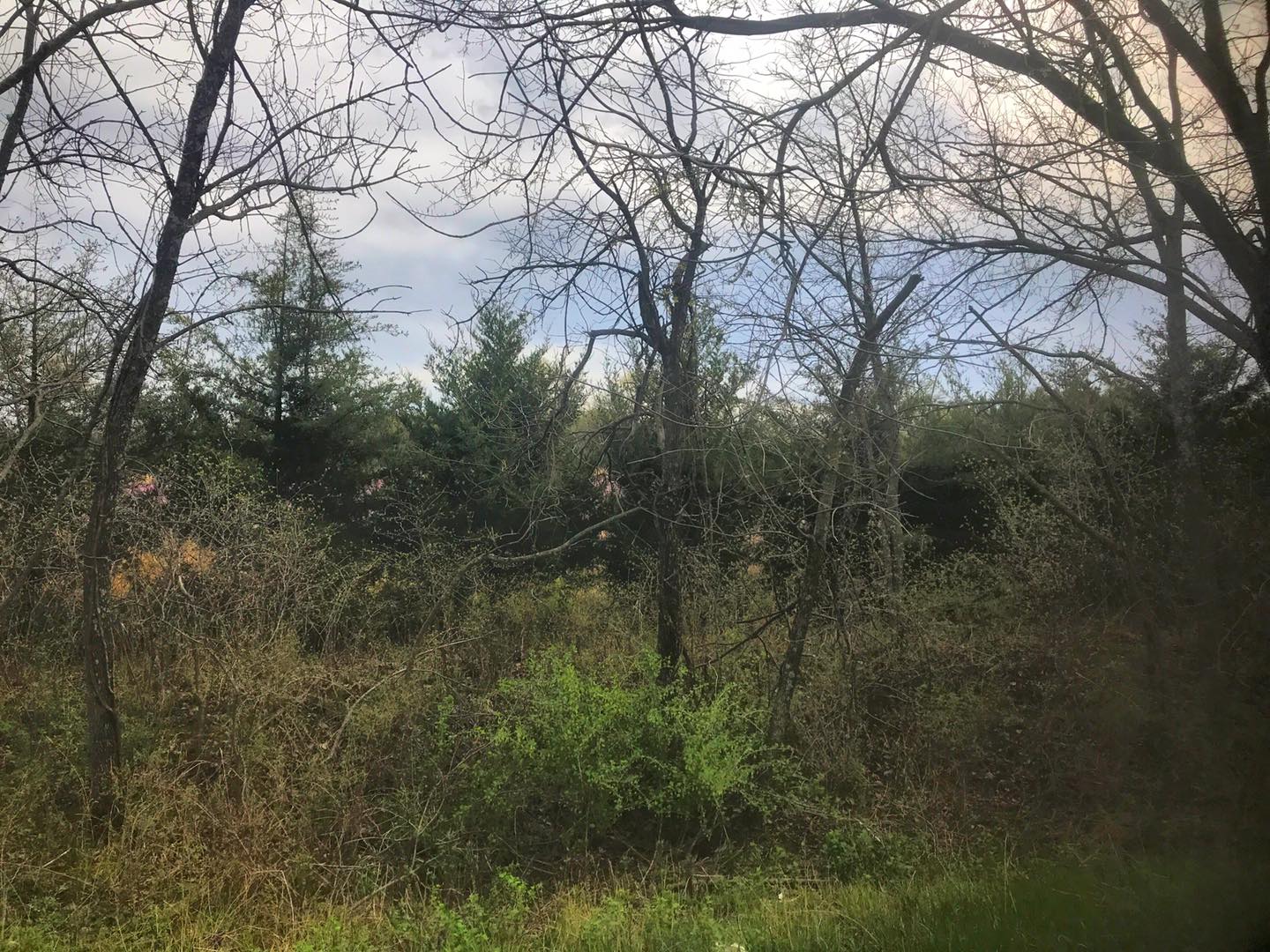
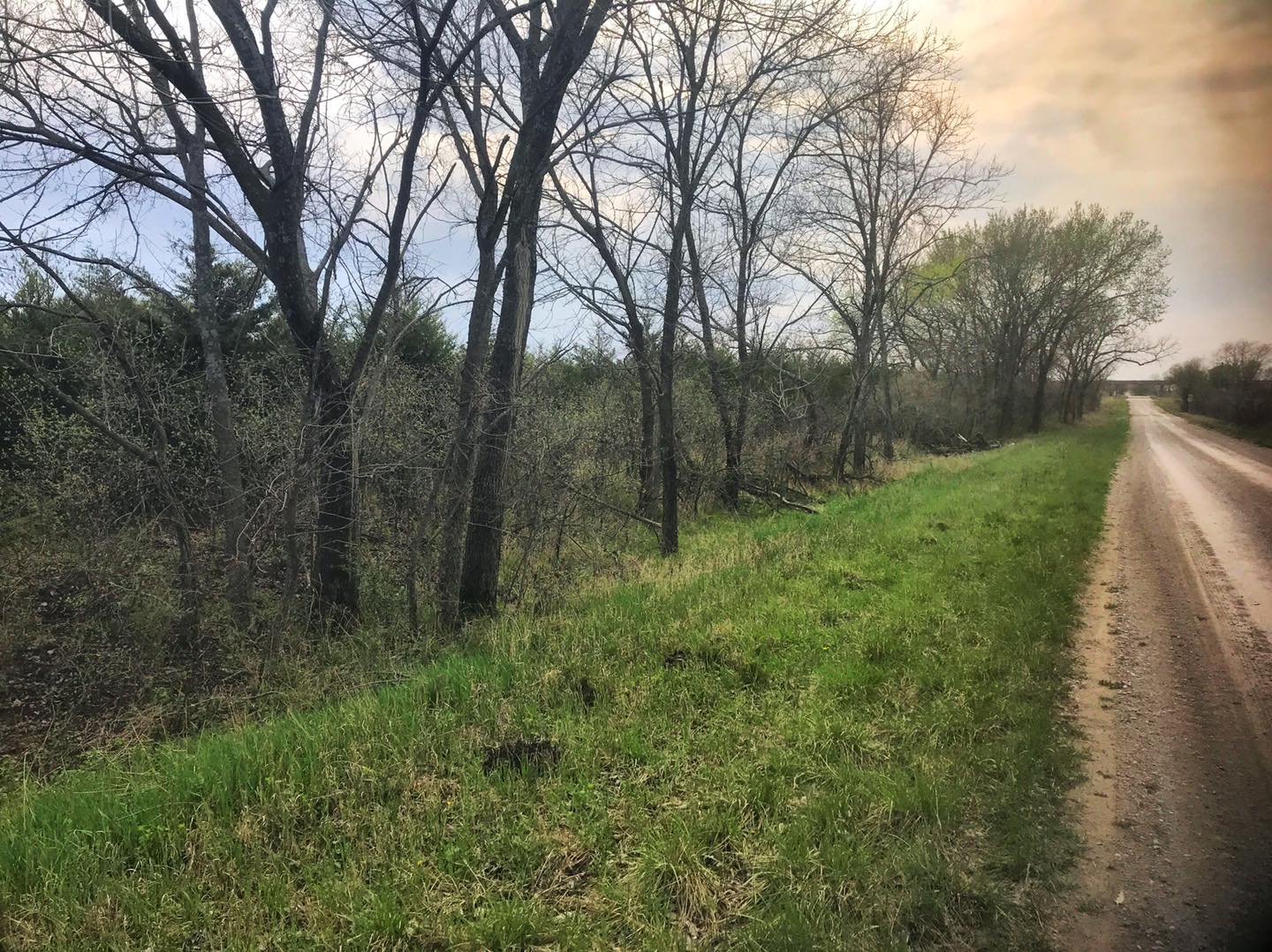
Though slow growing, the cedars filled in and created a great screen. Cedars don’t offer critters quality habitat but can be used as a tool for landowners that need to keep others from seeing into their property.



